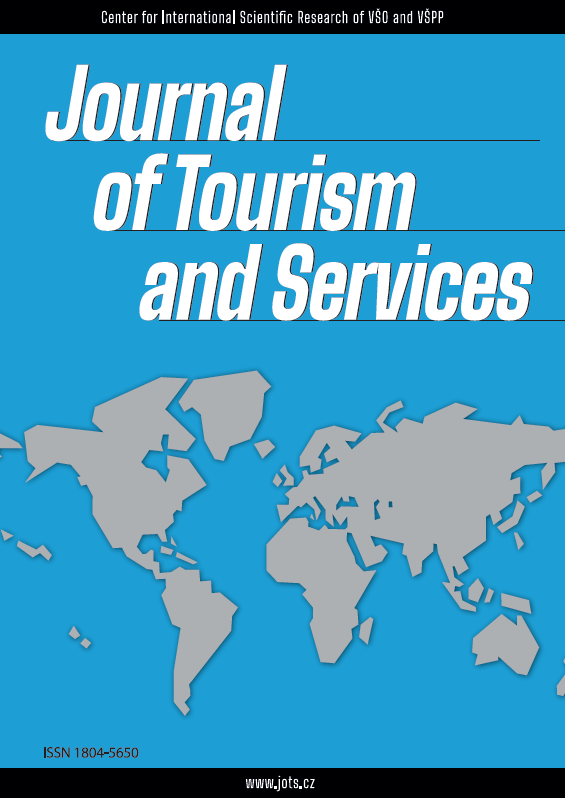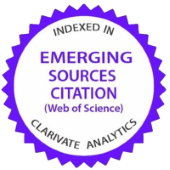Quality of Web Offering for Canoeing as a Sustainable Tourism and Recreational Tool
DOI:
https://doi.org/10.29036/npa7p323Keywords:
2QCV3Q Model, Natura 2000 Network, Nautical activities, Active leisure, Natural environmentAbstract
The quality of websites offering canoeing as an active tourism experience in natural environments was explored. This is an activity that is growing in Spain and has a significant impact on its economy. 206 websites were evaluated using the 2QCV3Q model. The results conclude that these websites have a slightly above-average quality compared to benchmark entities. The dimensions with the highest rating were Identity, Usability, and Location. There is still much room for improvement, especially in the Content and Services dimensions. These dimensions would provide a more experiential approach, contrary to the traditionally functional approach of the websites. Additionally, it is concluded that it is necessary to tailor the offering to the needs of consumers of this type of product through packages designed based on specific socio-geographic-environmental variables. With the improvement of these issues, their websites can serve as reference models for those who want to position themselves in the sector through digital marketing.
Downloads
Downloads
Published
Issue
Section
License
Copyright (c) 2025 Journal of Tourism and Services

This work is licensed under a Creative Commons Attribution-NonCommercial-NoDerivatives 4.0 International License.
Journal of Tourism and Services (ISSN 1804-5650) is published by the Center for International Scientific Research of VŠO and VŠPP in cooperation with the following partners:
- Juraj Dobrila University of Pula, Faculty of Economics and Tourism, Croatia
- School of Business and Administration of the Polytechnic Institute of Setúbal, Portugal
- Szent István University, Faculty of Economics and Social Sciences, Hungary
- Pan-European University, Faculty of Business, Prague, Czech Republic
- Pan-European University, Faculty of Entrepreneurship and Law, Prague, Czech Republic
- University of Debrecen Faculty of Economics and Business, Hungary
- University of Zilina, Faculty of Operation and Economics of Transport and Communications, Slovakia
The publisher provides a free access policy to the Journal of Tourism and Services.





